October 2022 Edition
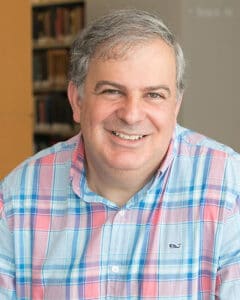
A Bountiful Fall Harvest
It has been a productive and exciting fall here at the CUNY ASRC. As you will see throughout this newsletter, our faculty and students have been driving scientific advances and STEM education across our five initiatives and in partnership with other CUNY schools and New York City’s STEM community. I’m thrilled in this issue of Interdisciplinary Insights to share news about our new Photonics Initiative faculty member Qiushi Guo; several high-profile faculty and student awards, including the recipients of our inaugural Eliasoph fellowships; the launch of a National Science Foundation-fund Nanoscience Connected to Life research training program; our recent climate change briefing highlighting the work of researchers across CUNY to help address New York City’s resiliency. This fall also saw ASRC researchers achieve an impressive milestone, as they have now collectively received over $100 million in external funding since the doors opened in September 2014. Additionally, we announced this years’ SEED grant winners, which provide CUNY researchers with funds to utilize ASRC core facilities to gather preliminary data for future external grant submissions.
I hope you enjoy reading about all that is going at the CUNY ASRC, and I invite you to become more engaged in our public programing. Hopefully I will be able to welcome you in person to see firsthand the world class research and training that is ongoing at the CUNY ASRC.
Sincerely,
Josh Brumberg

We are excited to announce that CUNY ASRC researchers have received over $100 million in external support since our doors were opened in fall 2014! This is a significant milestone as these funds underwrite the important scientific research and outreach efforts that our relatively small, but highly dedicated community of researchers engages in. We’re grateful that federal, local, and private funders have realized the importance and potential of our work.
Announcing the 2022-2023 SEED Grant Awardees
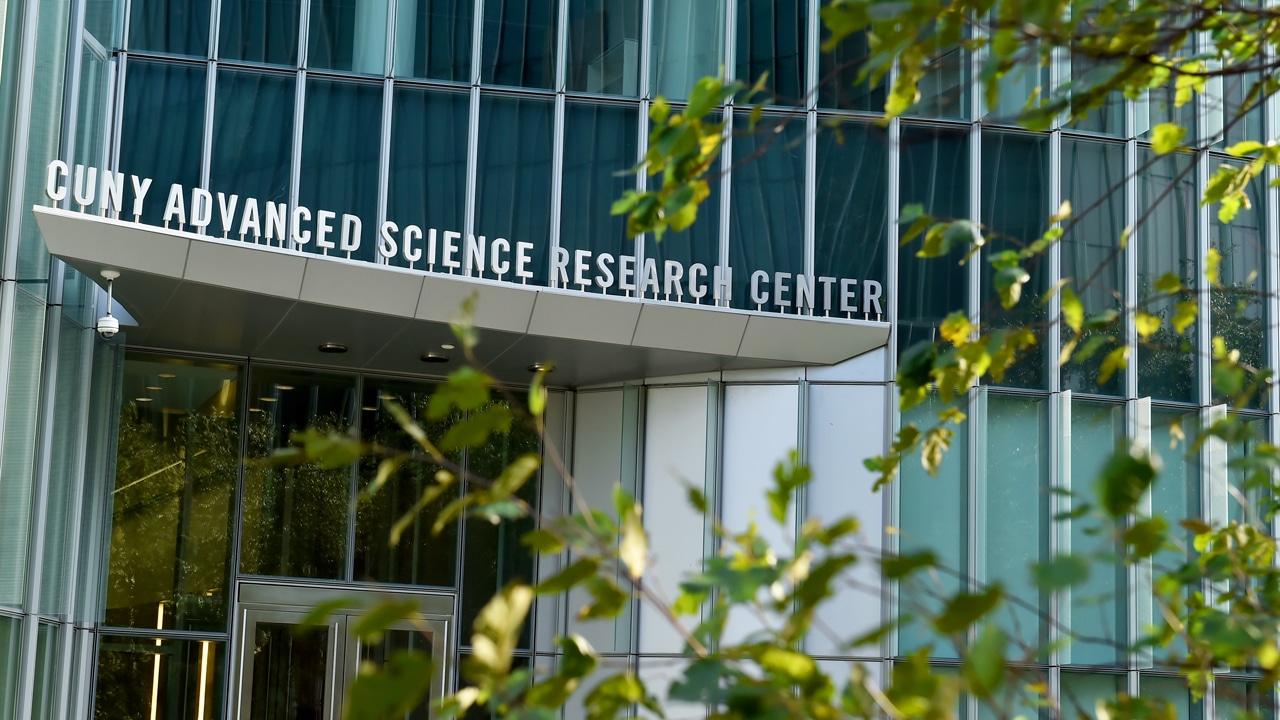
We are proud to announce the 2022-2023 awardees for the CUNY ASRC SEED Grant Program, a program that provides funding to CUNY researchers pursuing interdisciplinary STEM projects that strive to inform and potentially lead to improved human, societal, and environmental well-being in the years to come.
Professor Mim Lai Nakarmi, Brooklyn College, Ultraviolet single photon emission from hexagonal boron nitride
Professor Luis Quadri, Brooklyn College, Genetic Validation of Siderophore Biosynthesis as a Potential Target for the Development of Novel Antibiotics Against Mycobacterium abscessus Infections
Professor Jeff Beeler, Queens College, Genetic mechanisms in the hypothalamus mediating vulnerability to anorexia nervosa
Professor Sophia Suarez, Brooklyn College, The Role of Calcium Content on the Conductive and Resistive Properties of Synthetic Mucus
Professor Theodore Muth, Brooklyn College, Bioremediation of Microplastics from Freshwater Sites Using Duckweed and Duckweed Microbiomes in a Combined Metabolic and Entrapment Approach
Environmental Sciences
A New Flexible Program Makes In-Field Research Accessible to Full-Time Students

The newly launched Student Experience in Ecological Research (StEER) fellowship aims to help CUNY students who are tight on time pursue ecological field research. Created by Professor Andrew Reinmann, CUNY ASRC Environmental Sciences Initiative, in May 2021, the program will annually select three to four students to work at New Hampshire’s Hubbard Brook Experimental Forest on a year-long project that is tailored to their schedules.
Last year’s cohort learned how to quantitatively assess stages of tree leaf phenology and organized a virtual seminar that connected 100 CUNY students to ecologists. This year’s cohort is analyzing sensor data from trees at Hubbard Brook to understand the timing and magnitude of tree growth, which could help us to better understand how warmer and longer growing seasons associated with climate change will impact the capacity of trees to remove carbon dioxide from the atmosphere.
The StEER fellowship is a component of a collaborative NSF research grant that includes CUNY ASRC Environmental Sciences Initiative Professor Peter Groffman, The Hubbard Brook Research Foundation, and researchers from numerous universities as well as the US Forest Service. Stay tuned for the collaborative and innovative ways the 2022 cohort will engage the CUNY community and beyond!
Nanoscience
Giving Diverse Students a Head Start in Bioinspired Nanotechnology

Thanks to a new $3 million National Science Foundation (NSF) Research Training grant, faculty at the CUNY Graduate Center and the ASRC Nanoscience Initiative have launched Nanoscience Connected to Life, a new program to train diverse Ph.D. students for careers that integrate aspects of life sciences with nanoscience. Using breakthroughs in computing, engineering, molecular biology, biochemistry, and complexity science as a starting point, students in the program will explore new ways to mimic and adapt nature to create nanoscale materials and devices that bring powerful, sustainable solutions to health care, renewable energy, and space exploration.
Structural Biology
Biophysical Society Honors Kevin Gardner With 2023 Award for the Biophysics of Health and Disease
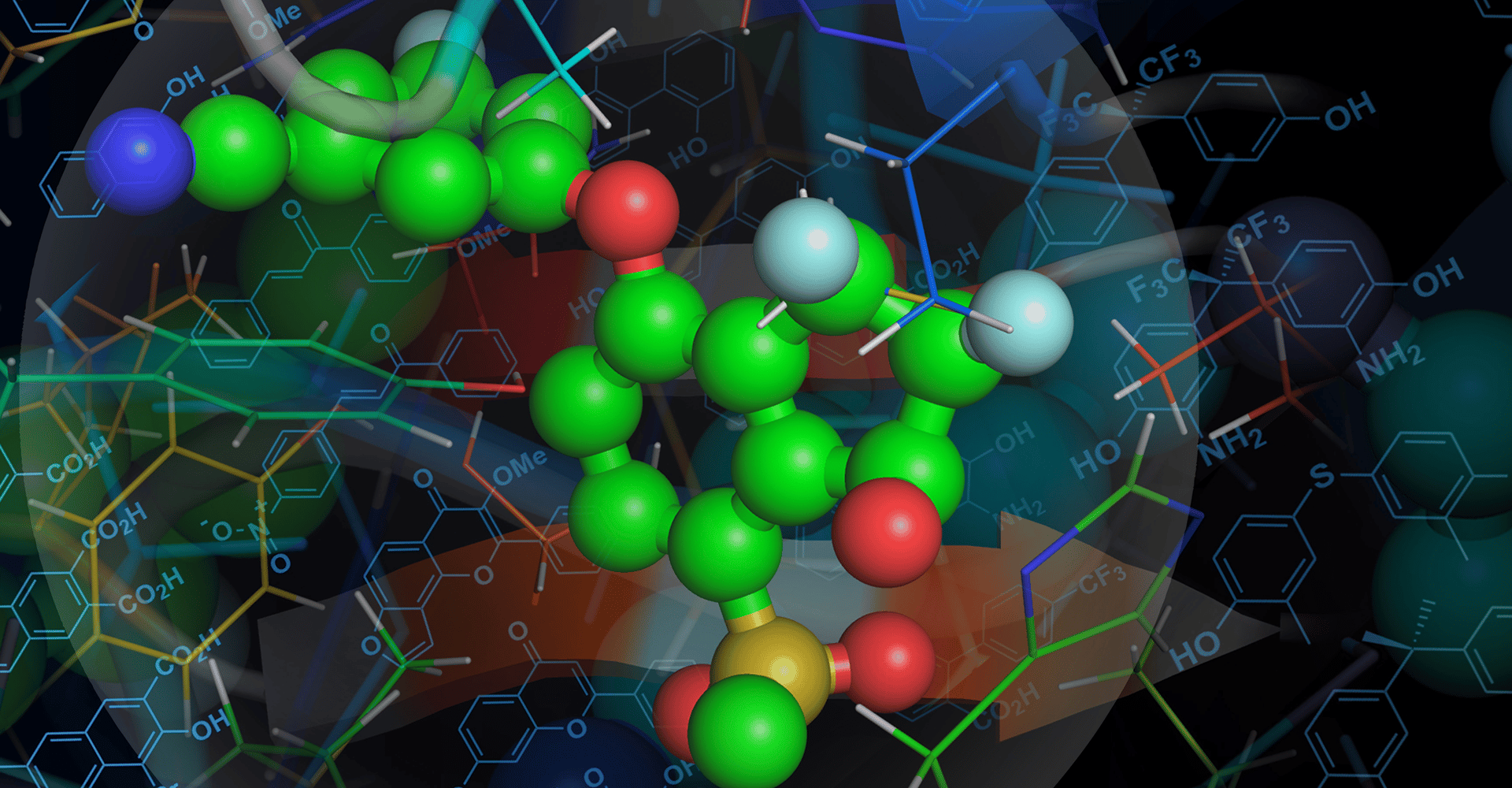
Professor Kevin Gardner, founding director of the CUNY ASRC Structural Biology Initiative, was recently named recipient of Biophysical Society’s 2023 Award for the Biophysics of Health and Disease. Biophysical Society, an international scientific society, and the largest professional biophysics society, recognized Gardner for his work leading to the development of a novel cancer therapy drug called belzutifan. He was also selected to serve on the New York City Mayor’s Life Science Advisory Council, which will help guide the city’s growth in the life sciences industry.
Photonics
The Photonics Initiative Welcomes a New Researcher
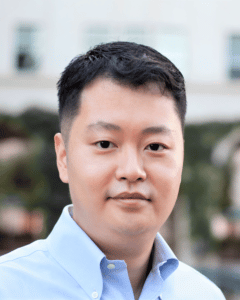
Please join us in welcoming Professor Qiushi Guo to the CUNY ASRC Photonics Initiative. Professor Guo received his Ph.D. in Electrical Engineering from Yale University and was named the 2021 Henry Prentiss Becton Graduate Prize awardee for his exceptional research achievements at the university. Through his research, Professor Guo aims to overcome grand challenges of modern photonics to enhance or create technologies that revolutionize fields like biomedical imaging and sensing, quantum and classical optical computing, and remote sensing. “The CUNY ASRC has the state-of-the-art nanofabrication and measurement facilities that are crucial for my research,” says Guo. “It is extremely exciting for me to be a part of this community and contribute to its extraordinary impact.”
Neuroscience
Pinar Ayata Receives the CUNY Junior Faculty Research Award in Science and Engineering

Each brain has an army of primary immune cells called Microglia. While these cells usually participate in normal brain processes and protect our brain from injuries and infections, they can become dysfunctional as we age and trigger dementia-causing diseases such as Alzheimer’s. Genetics plays a role in the risk for these diseases, but studies show that non-genetic factors, such as habits and experiences, also have an influence. CUNY ASRC Neuroscience Initiative Professor Pinar Ayata recently received an award that is helping her explore those external factors. With funding from the CUNY Junior Faculty Research Award in Science and Engineering (JFRASE), she and her team are working to discover how non-genetic factors make the brain’s immune cells dysfunctional. Their findings could have a long-lasting impact on public health policies and lead to the development of therapeutics against dementia.
Professor Ayata, who also received a 2022 Alzheimer’s Association Research Grant (AARG), joins a select group of 26 CUNY faculty who have won the JFRASE program award since 2012. The program aims to cultivate excellence and ensure the promise of research-intensive, early-career science and engineering faculty at CUNY. It funds research projects for tenure-track junior faculty at CUNY who display the potential to make a significant contribution to the university, society, and their academic field.
Student Accomplishments
Eliasoph Fellowship for Early Career STEM Researchers
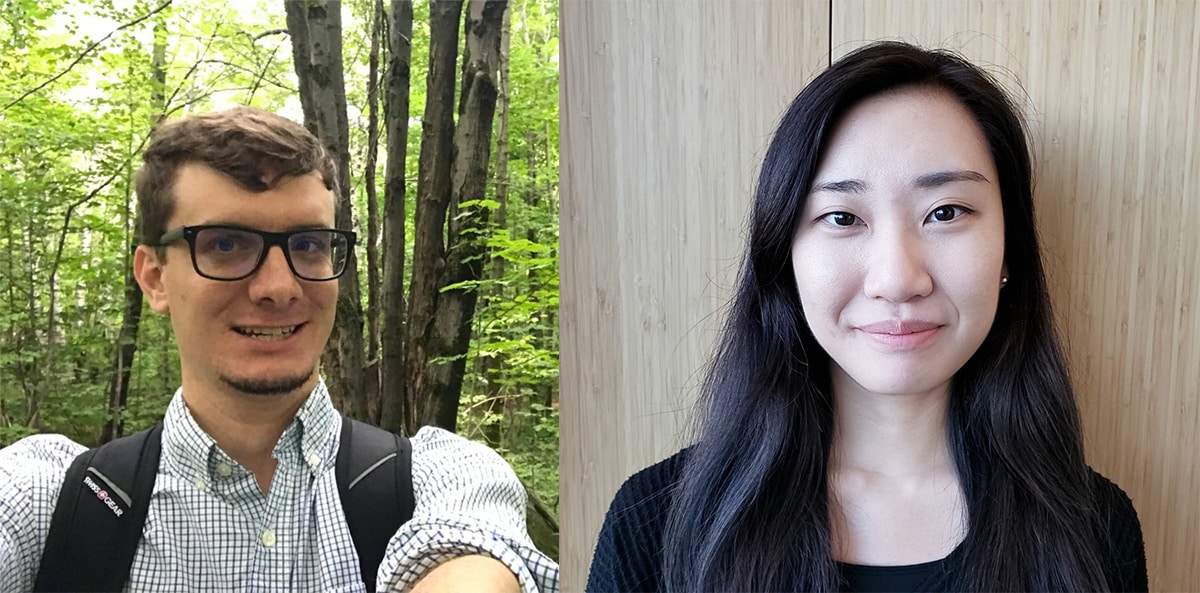
Congratulations to Christopher Ryan and Yeojin Jung for being named the first Dr. Joan Eliasoph Fellows for Early Career STEM Researchers! The fellowship, whose namesake paved a distinguished radiology career over eight decades, will support early-stage research in basic science at the CUNY ASRC. The fellowship will be awarded annually to two early career scientists in the process of building their technical and professional skills as CUNY doctoral students.
Ryan studies Earth and Environmental Sciences at the CUNY Graduate Center and is a member of Professor Peter Groffman’s lab at the CUNY ASRC Environmental Sciences Initiative. He aims to develop methodologies that integrate social and physical scientific approaches. “I believe that an integrated approach of sociobiogeochemistry is necessary to deepen discourse related to future land-use management in order to achieve environmental justice.”
Jung studies Chemical Engineering at The City College of New York and at the CUNY ASRC Nanoscience Initiative as a member in Profession Xi Chen’s lab. She plans to become a professor who develops functional soft materials at a research-intensive university. Jung also aspires to educate students, especially those from groups that are under-represented in STEM. “I have been very fortunate to have women mentors who always encouraged me to pursue my dream in academia,” says Jung. “As a female Asian scholar, I want to follow in their footsteps to empower and prepare women and minority students in the soft materials field.”
Say Hello to the 2022 GC CUNY SciComms Fellows
This month, we welcomed six new GC CUNY Science Communications Fellows: Sonia Grout de Beaufort, Georgia Efegenia, Daniel Okpattah, Rebecca Rand, Mark Popinchalk, and Saugat Bolakhe. The fellowship, recently revamped to include CUNY STEM and journalism graduate students, will provide each fellow with hands-on training in science communication content like science writing and public engagement. We can’t wait to see the ways that they will weave science and communications together. Get to know the 2022 cohort — who hail from the United States, Ghana, and Nepal — and keep an eye out for their project in coming months.
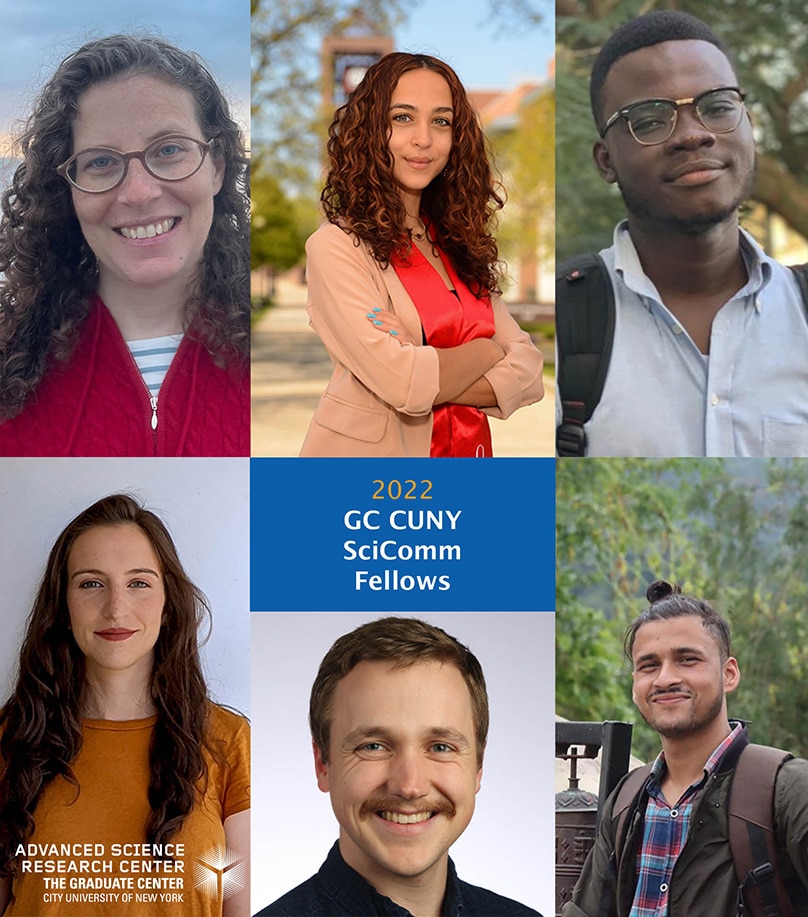
Facility Spotlight

The Live Imaging and Bioenergetics Facility
The Live Imaging and Bioenergetics Facility at the CUNY ASRC supports an array of applications, including in vivo imaging of live animals, time-lapse live cell imaging with high resolution optical sectioning, deep imaging of fixed CLARITY tissues, calcium imaging, photo switching and photo uncaging, Fluorescence Recovery After Photobleaching (FRAP), Förster Resonance Energy Transfer (FRET), laser ablation, and measuring mitochondrial respiration and glycolysis in live cells in real time. The facility also provides advanced imaging analysis software Imaris for data processing. Visit the facility webpage for a full list of available instrumentation.
About Our Initiatives

Environmental Sciences
The Environmental Sciences Initiative brings a distinct research vision to the environmental sciences, uniting state-of-the-art analytical capabilities, environmental analytics, and sensing technologies to create fundamental scientific knowledge for addressing the fundamental environmental research questions facing the planet today and into the future.

Nanoscience
The Nanoscience Initiative has a distinct research vision in nanoscience, focusing on the study and application of dynamic nanoscale systems, from fundamental understanding to applications ranging from biomedicine to food science and green energy.

Neuroscience
The Neuroscience Initiative actively promotes interdisciplinary approaches for the study of environmental influences on brain function and behavior and to develop transformative technologies and advanced platforms aimed at promoting mental health.

Photonics
Research in the Photonics Initiative encompasses biology, medicine, physics and technology fields such as computer display and lighting, as well as the futuristic fields of quantum information processing and quantum encryption, in which data reside on single photons, which are to light what electrons are to electricity.

Structural Biology
Research in the Structural Biology Initiative brings together biologists, chemists, and physicists to tackle many of life’s central questions. How do cells respond to their surroundings? How do they make copies of themselves? What determines the balance between health and disease?
Connect With Us
Contact Us
The ASRC is located at 85 St. Nicholas Terrace, New York, NY 10031.
p – 212.413.3300
e – ASRCinfo@gc.cuny.edu
For media inquiries or to speak with faculty or researchers at the ASRC, please contact Shawn Rhea, srhea@gc.cuny.edu
Support or Partner With Us
We welcome your inquiries about ways to partner with or support the ASRC, including any initiatives or projects that you’d like to impact.
Please contact Paul Mastrodonato, Development Officer for the Sciences, at pmastrodonato@gc.cuny.edu
5
RESEARCH
INITIATIVES
18
FACULTY
LABORATORIES
176
CORE
FACILITIES
>260
RESEARCHERS
& STAFF
202 GRANTS
TOTALING
$100M
675+
FACULTY
PUBLICATIONS

